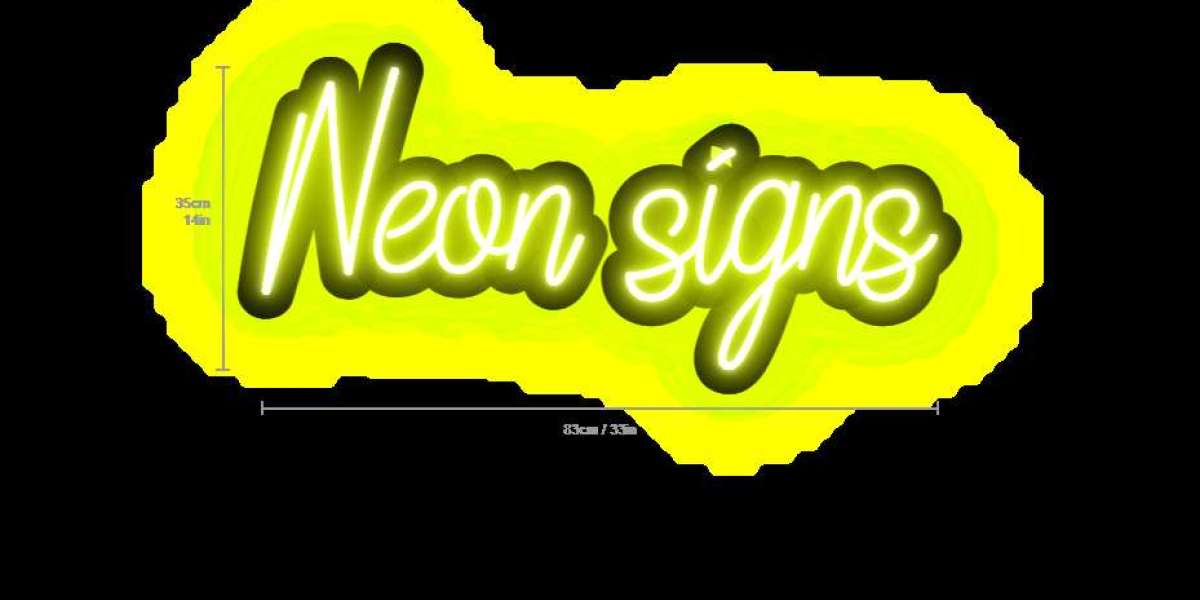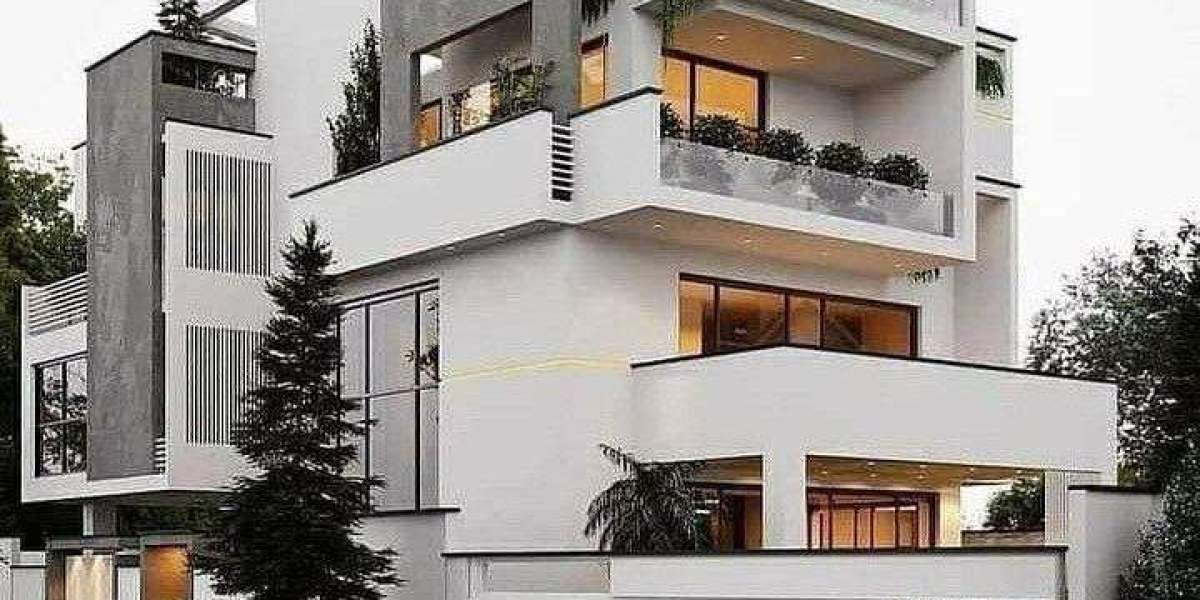How Neon Signs Work
Neon signs consist of glass tubes filled with low-pressure neon gas, along with other noble gases like argon, krypton, or xenon, depending on the desired color. The process begins with a glassblower shaping the tubes into the desired design. Once shaped, the tubes are evacuated of air and filled with the gas. When an electric current is passed through the tube, the gas inside becomes ionized, producing light. This phenomenon occurs because the energy from the electric current excites the gas atoms, causing them to emit light as they return to their ground state.
The color of the emitted light depends on the type of gas used and the phosphor coating applied to the inside of the tube. Pure neon gas produces a bright reddish-orange glow, while argon, when combined with phosphor, can yield a blue light. Additionally, the tubes can be coated with different phosphors to achieve a wide spectrum of colors, allowing for creative designs and vibrant advertising messages.
Advantages of Neon Signs
Visibility: Neon signs are highly visible, even from a distance. Their bright colors and distinctive glow capture attention, making them an effective advertising medium, particularly at night.
Customizability: The flexibility in design allows for virtually any shape, size, or color, enabling businesses to create unique signs that reflect their brand identity. Custom designs can range from simple logos to intricate scenes, catering to a diverse range of aesthetic preferences.
Durability: When properly maintained, neon signs can last for many years. The glass tubes are sturdy, and the signs are resistant to harsh weather conditions, making them suitable for both indoor and outdoor use.
Energy Efficiency: While neon signs do consume electricity, they are relatively energy-efficient compared to traditional incandescent bulbs. Neon signs emit a considerable amount of light with less energy, making them a more sustainable choice for long-term use.
Cultural Impact
Neon signs have become cultural icons, representing the vibrancy of urban life, particularly in cities like Las Vegas, New York, and Tokyo. They evoke a sense of nostalgia, often associated with vintage diners, theaters, and bars. Beyond their practical applications, neon signs contribute to the ambiance of their surroundings, transforming ordinary spaces into lively and inviting environments.
Conclusion
The appeal of neon signs lies in their unique blend of artistry and technology. Their ability to combine vibrant colors, custom designs, and functional advertising makes them a popular choice for businesses and decorators alike. As cities continue to evolve, neon signs remain a timeless element of urban landscapes, reminding us of the intersection between art, commerce, and culture. Whether used to promote a business or to enhance the atmosphere of a space, neon signs hold a special place in the hearts of many, illuminating both streets and memories.



